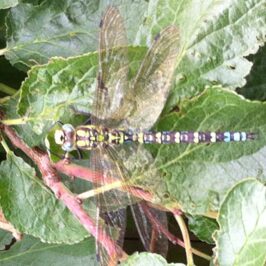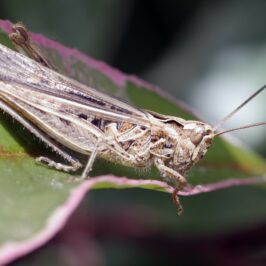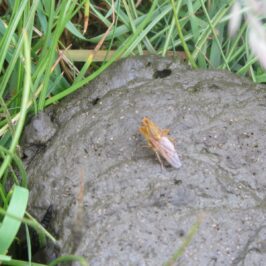When sunlight strikes water a portion of it is reflected, with the amount a function of the angle of the sun and the condition of the water surface. When the sun is higher in the sky, either because of time of day, season or latitude more light penetrates the water. Near the equator, sunlight strikes water surfaces nearer the perpendicular while near the poles sunlight strikes water bodies at more of an angle. When the water surface is choppier more light is reflected than if it is calm.
Light attenuation is the gradual decrease in light intensity as it travels down through a water body. Light penetrating water is scattered and absorbed exponentially as it passes through the water. Water scatters rather than absorbs ultra-violet light and absorbs almost all of the infrared light within the first metre of the surface. Light with longer wavelengths is absorbed more quickly than that with shorter wavelengths. Of the visible light spectrum, longer wavelength red light is the most readily absorbed by water. Once it has been absorbed and is absent red objects like a lure/fly will appear black. The higher energy shorter wavelength light, such as blue, is able to penetrate more deeply. Once it is the only light left, everything including lures/flies will appear in shades of blue.

This scattering and absorption of light is enhanced by dissolved organic matter, suspended solids and phytoplankton/algae in the water column. Dissolved organic matter absorbs blue, violet and ultraviolet light most strongly; Suspended minerals tend to absorb light across the visible spectrum; Phytoplankton/algae absorb light best within the red and orange part of the spectrum. Dissolved inorganic substances, like salts, do not affect light absorption by water significantly. Water quality thus plays an important role in the degree of light attenuation and the colours that are attenuated – flies of the same colour may appear different in peat stained lakes to sediment and algae laden streams or shoreline. Light attenuation through the water not only affects the colours present but also affects the intensity/amount of light.
Tight Lines
Greg






